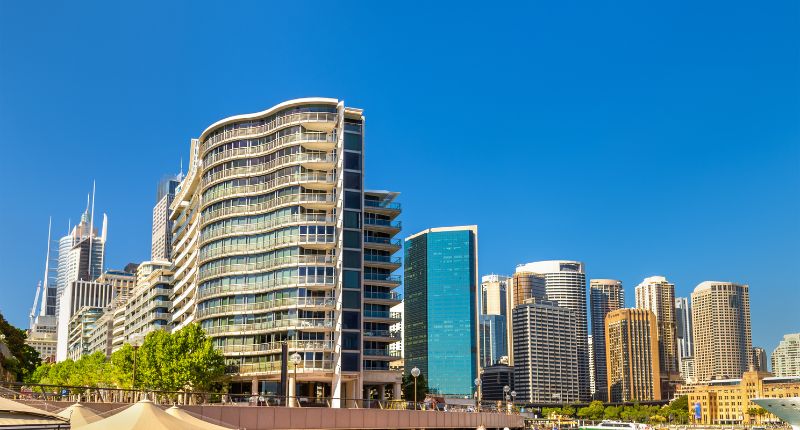- Upfront carbon emissions are the emissions created before a building is occupied
- WMO report reveals a likelihood of exceeding 1.5 degrees Celsius in next five years
- Some recent projects have successfully slashed their upfront emissions
Green Building Council of Australia (GBCA) and Lendlease are warning that Australia’s upfront carbon emissions will skyrocket from 16% to 85% of overall building emissions by 2050.
A recent report from the World Meteorological Organisation (WMO) revealed there was a 66% chance global temperatures would exceed 1.5 degrees Celsius, which would have severe impacts on people, wildlife, and ecosystems.
What are upfront carbon emissions?
According to the GBCA, upfront carbon emissions are released before the built asset is operational. Upfront carbon covers all activities pre-occupancy, including raw material extraction, the manufacture of materials and their transport site, and the use of machinery and equipment during construction.
GBCA Chief Executive Davina Rooney says these upfront emissions need to be addressed now in order to ensure a sustainable future.
“Put simply, the buildings of today need to address the emissions of tomorrow,” Rooney said.
“Reducing our upfront emissions on future projects will have a material impact on reducing climate change, will create benefits for investors who are looking for assets with a clear decarbonisation pathway, and will help to achieve Australia’s decarbonisation goals.”
Davina Rooney, GBCA Chief Executive
Case studies of slashing upfront emissions
Rooney points to one example of a project that has cut their upfront emissions.
“Lendlease’s project team for 25 King Street in Brisbane made an impactful decision in the design phase to swap out materials like concrete and steel for low carbon options like engineered timber, resulting in upfront emissions savings of almost 40%,” she said.
Lendlease Head of Sustainability Ann Austin says their construction business plays a key role in two core aspects of the company’s ‘Mission Zero’ journey, phasing out the use of fossil fuels in construction and eliminating upfront embodied carbon in their building materials.
“While we’ve delivered 26 engineered timber buildings globally, our research shows more needs to be done to debarbonise steel, concrete, and aluminium – the three leading materials that typically contribute to more than 70% of a building’s embodied carbon footprint,” she said.
Rooney also says Quay Quarter Tower in Sydney’s CBD saved over 12,000 tonnes of CO2 emissions during construction by retaining 65% of the building’s original structure and 95% of its core.
“It was just 5 years ago that we were only focused on reducing the operational carbon of an asset,” she said.
“As the grid continues to decarbonise, projects like Quay Quarter Twoer show us that it is possible to reduce the emissions from construction, and there is value in redeveloping existing assets.
“But to meet our emissions reductions targets we need this change to happen at scale.”








